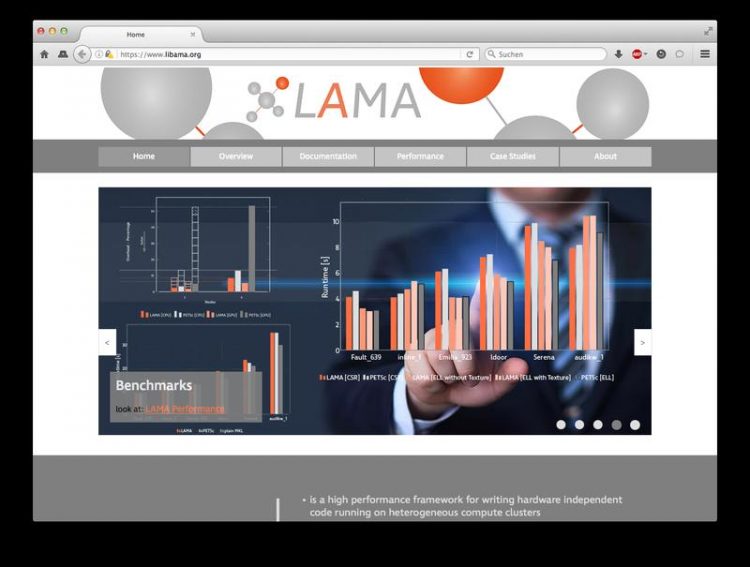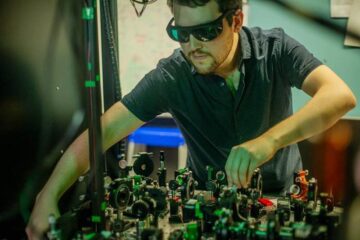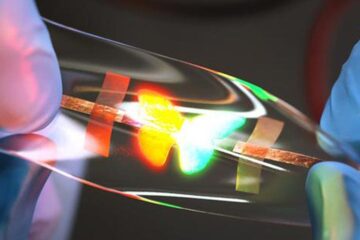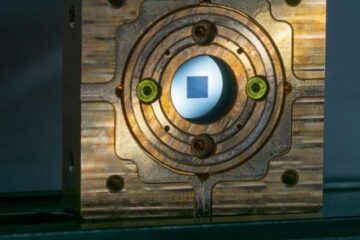LAMA 2.0 accelerates more than just numerical applications

www.libama.org Fraunhofer SCAI
By offering DSL-like C++-Syntax LAMA encourages writing of hardware-independent code. The framework allows the management of data on heterogeneous and distributed system architectures. These can range from embedded “System on a Chip” (aka SoC) devices to highly-parallel Supercomputers.
Consequently, LAMA offers full cluster support. Kernel management is provided with ready-to-use modules encapsulating interfaces to Intel® MKL and Nvidia® cuBLAS/cuSPARSE (targeting all multicore CPUs, Nvidia® GPUs, and Intel® Xeon® Phi™). For the purpose of extending LAMA, the framework supports the integration of custom modules.
Hence, it greatly facilitates the development of fast and scalable software for nearly every system on every scale. LAMA accelerates the time-to-market for new product developments significantly, reduces the time spent in maintaining existing code, and offers up-to-date hardware compatibility for even the latest architectures.
Typically, LAMA targets applications with needs in numerical mathematics (such as CFD and FEM simulation). Furthermore, LAMA 2.0 integrates methodology in the areas of optimization (e.g. for seismic imaging), computer vision, and deep learning.
It is available with an industry-friendly dual licensing model (AGPL for open source or individual agreements for other interests).
Media Contact
All latest news from the category: Information Technology
Here you can find a summary of innovations in the fields of information and data processing and up-to-date developments on IT equipment and hardware.
This area covers topics such as IT services, IT architectures, IT management and telecommunications.
Newest articles

Combatting disruptive ‘noise’ in quantum communication
In a significant milestone for quantum communication technology, an experiment has demonstrated how networks can be leveraged to combat disruptive ‘noise’ in quantum communications. The international effort led by researchers…

Stretchable quantum dot display
Intrinsically stretchable quantum dot-based light-emitting diodes achieved record-breaking performance. A team of South Korean scientists led by Professor KIM Dae-Hyeong of the Center for Nanoparticle Research within the Institute for…

Internet can achieve quantum speed with light saved as sound
Researchers at the University of Copenhagen’s Niels Bohr Institute have developed a new way to create quantum memory: A small drum can store data sent with light in its sonic…





















